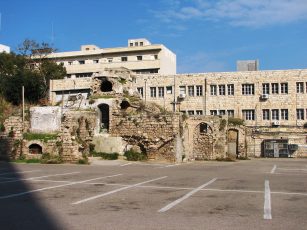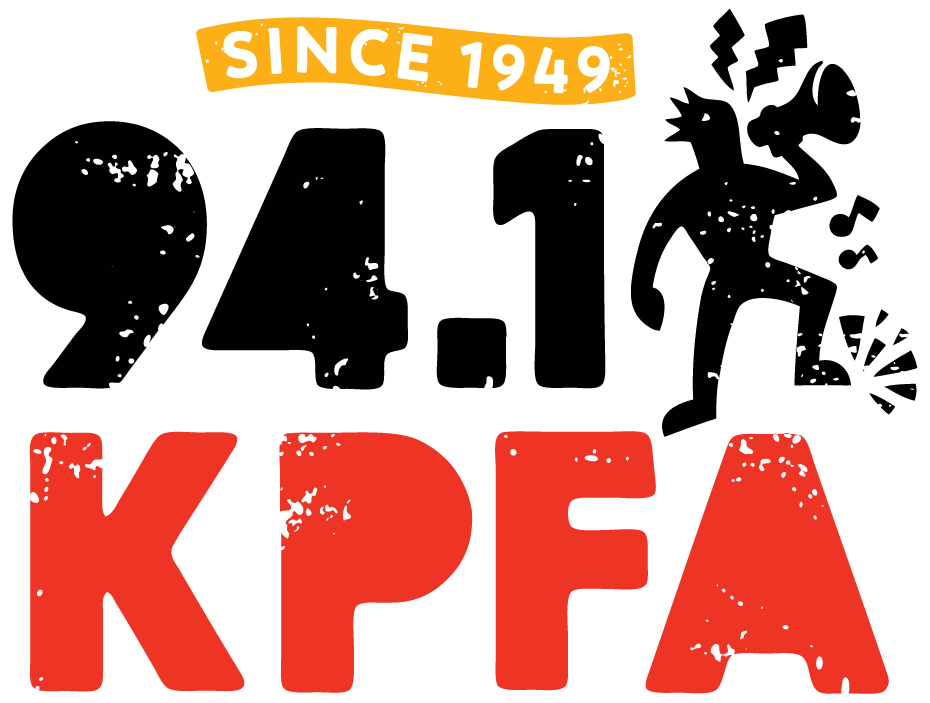
When the Palestinian Nakba (or the catastrophe of 1948) is discussed it’s commonly understood to refer to the destruction of villages and the displacement of about 700 thousand Palestinians. What gets left out is what happened to the people who remained in the borders of what became Israel and the transformations the new state created on the land, natural resources, the public space, and urban development.
This week Mira Nabulsi speaks with Palestinian architect and urban planner, Lama Shehadeh about Israel’s settler-colonial project and how it manifests in urban planning within the 1948 Territories and how it impacted Palestinian citizens of Israel.
Lama Shehadeh is a Palestinian architect and urban planner based in Haifa. Shedadeh’s research focuses on the intersection of architecture and urban planning with spatial justice, environmental and political conflicts, and social formation. she is currently she works on master plans for Palestinian towns and villages within 1948’s borders.

